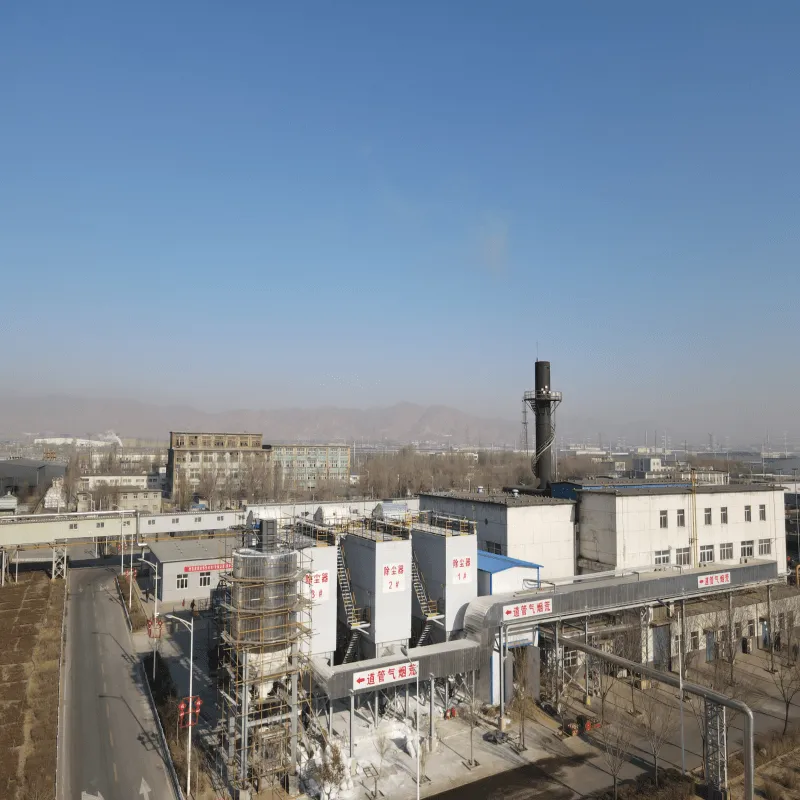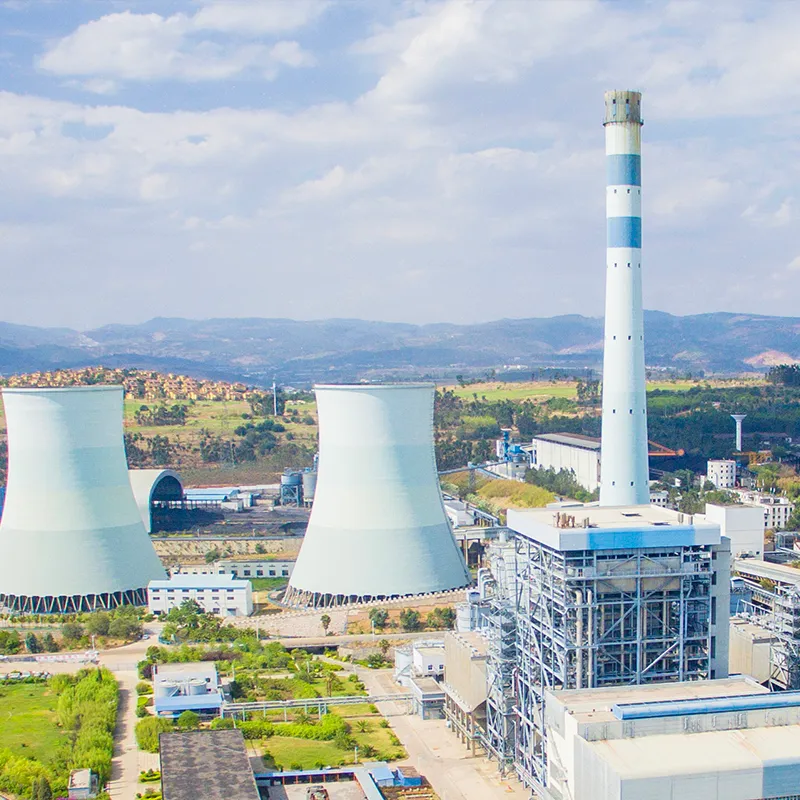Creating a Cleaner and Safer Industrial Environment
In modern industrial operations, ensuring a clean working environment is more than just about compliance—it’s essential for safety, efficiency, and equipment longevity. Among the various technologies used to maintain air quality, a reliable dust removal system is one of the most critical components. It serves as the frontline defense against airborne particles that could affect health, impair machinery, or trigger combustible dust hazards. Choosing the right system requires a thoughtful understanding of operational needs, emission levels, and long-term maintenance goals.
Assessing Industrial Needs and Dust Sources
Understanding the Type and Volume of Dust Generated
Different industries generate different types of particulate matter. Woodworking shops deal with sawdust, metalworking processes produce metallic dust, while food processing plants might handle flour or grain dust. The type, size, and volume of dust directly influence the type of dust removal system you need.
For example, fine combustible dust may require an explosion-proof system with specific airflow velocity and safety features, while large non-hazardous particles may only need a basic filtration unit. Assessing the dust characteristics helps narrow down the equipment options and ensure optimal performance.
Evaluating Airflow and Facility Layout
Every facility has a unique layout that affects how dust travels and settles. Airflow rates, the height of ceilings, ductwork length, and the location of dust generation points all influence the efficiency of a dust removal system.
Selecting a system that can accommodate these variables ensures better collection efficiency and reduces the chance of dust accumulation in critical areas. Customizing duct designs and strategically placing intake points improves system functionality across production zones.
Selecting the Right Technology
Comparing Baghouse, Cartridge, and Cyclone Systems
There are several types of dust removal systems, each suited for different industrial applications. Baghouse systems are ideal for handling large volumes of dust and can capture very fine particles. Cartridge systems are more compact and efficient for operations that produce finer particulate matter. Cyclone collectors, on the other hand, use centrifugal force to remove larger dust particles from the air and are often used as pre-filters.
The choice between these options depends on dust composition, particle size, and available space. For high-dust environments, combining multiple technologies in one integrated system may be the most effective solution.
Importance of Filtration Efficiency and Filter Media
The efficiency of a dust removal system hinges on the quality of its filter media. High-efficiency filters can trap particles as small as 0.3 microns, which is crucial in industries where air purity is critical.
Filter media also varies in material and performance—polyester blends, PTFE membranes, and nanofiber coatings each offer different advantages in terms of resistance, cleanability, and lifespan. Choosing the right filter media reduces maintenance frequency and improves system longevity.
Operational and Safety Considerations
Meeting Regulatory Standards
Industrial facilities must comply with occupational safety and environmental regulations. A properly designed dust removal system plays a key role in meeting air quality standards such as OSHA permissible exposure limits (PELs) and EPA emissions guidelines.
Non-compliance can lead to hefty fines and reputational damage. Therefore, ensuring that your dust control system aligns with these regulations protects both your workforce and your business.
Reducing Fire and Explosion Risks
Certain types of dust—such as those from metal, wood, or organic materials—are combustible. If not properly collected and vented, this dust can lead to fires or explosions. Installing a dust removal system with explosion-proof design elements, spark arrestors, and automatic shutdown features minimizes these risks.
Additionally, incorporating continuous monitoring systems and proper grounding techniques enhances safety in hazardous environments, giving operators peace of mind.
Cost and Maintenance Efficiency
Total Cost of Ownership
While upfront costs are important, the long-term value of a dust removal system should be evaluated through total cost of ownership. This includes energy consumption, maintenance frequency, replacement parts, and downtime.
High-efficiency systems with energy-saving motors and automated cleaning functions often reduce operational costs over time. Investing in durable equipment with fewer moving parts and modular design can also lower lifetime expenses.
Ease of Maintenance and Filter Replacement
Downtime caused by maintenance can disrupt production schedules and impact profitability. A well-designed dust removal system should offer easy access to filters and internal components. Systems with self-cleaning mechanisms, like pulse-jet cleaning or reverse air flow, help maintain airflow without stopping the process.
Simplified filter replacement and diagnostic alerts for filter wear or system pressure drops contribute to smoother operations and reduced labor costs.

System Scalability and Future Expansion
Adapting to Growing Production Demands
As businesses expand, their production processes often become more complex and generate more dust. A scalable dust removal system is one that can be upgraded or extended with minimal reconfiguration. Modular systems are ideal for facilities that anticipate future growth.
With flexible design and additional intake ports, these systems can adapt to new equipment installations without requiring complete replacement of the existing dust control infrastructure.
Integration with Automation Systems
Modern facilities increasingly rely on automated monitoring and control systems. Advanced dust removal systems can be integrated with plant-wide SCADA or PLC-based platforms. This allows for real-time performance tracking, predictive maintenance, and remote troubleshooting.
Automation not only boosts efficiency but also ensures that the system operates consistently within regulatory limits and energy optimization parameters.
Choosing a Reliable Supplier
Importance of Engineering Support and Customization
When investing in a dust removal system, selecting a supplier that offers expert consultation and customization options is vital. Every facility has unique requirements, and off-the-shelf solutions may not provide the desired efficiency or compliance.
A supplier who can assess your specific needs and design a tailored system—from duct routing to filter selection—can make a significant difference in system performance and lifespan.
Quality Assurance and After-Sales Service
Reliability doesn't end after installation. A dependable supplier will offer continued support, including maintenance guidance, replacement parts availability, and system upgrades. Choosing a supplier with proven quality standards and robust after-sales service ensures long-term satisfaction and uninterrupted operation.
By partnering with a company that stands behind its dust removal system, businesses gain a valuable ally in maintaining clean, compliant, and efficient workspaces.
Frequently Asked Questions
How do I know which type of dust removal system is best for my facility?
The best choice depends on the type of dust produced, volume of air processed, facility layout, and regulatory requirements. A detailed dust analysis and airflow study can help determine the most suitable system.
How often should filters be replaced in a dust removal system?
Filter replacement depends on usage, dust load, and filter media type. High-efficiency systems may require filter changes every 6 to 12 months, but some have self-cleaning features that extend service intervals.
Is a dust removal system required for all types of industrial facilities?
While not all facilities are legally required to have one, most benefit greatly from a dust removal system. It improves air quality, protects machinery, and helps meet health and safety standards.
Can dust removal systems be customized for small workshops?
Yes. Many manufacturers offer compact or modular dust removal systems specifically designed for small-scale operations or workshops with limited space.


